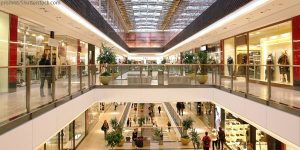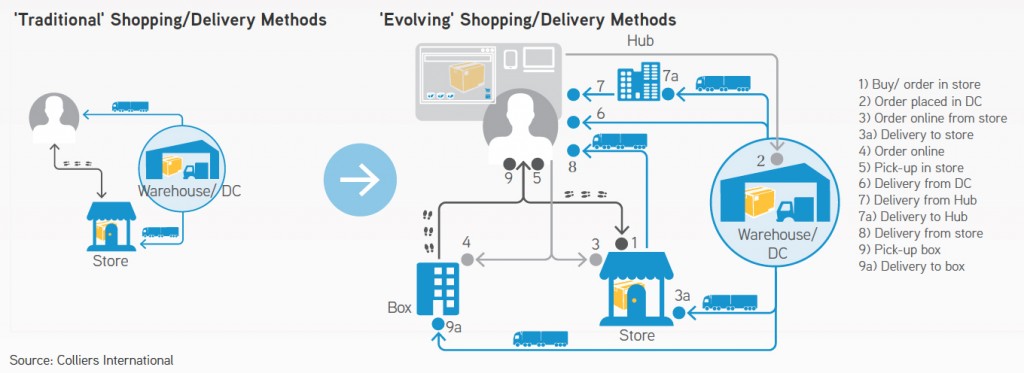Mall foreclosures continue to rise as retailers face more and more competition from E-commerce and a large rush away from enclosed malls. Many owners are letting their loans default instead of trying to restructure as they see no easy future in a shifting economy.
These declining/failing properties not only cause problems for tenants, but also for the surrounding properties. “If a mall closes or goes into decline, you’re going to see declining property values in the area,” commented Arthur C. Nelson, professor of Urban Planning and Real Estate Development at the University of Arizona. “The mall is a marker.”
One of the early casualties in the shift to E-commerce.


